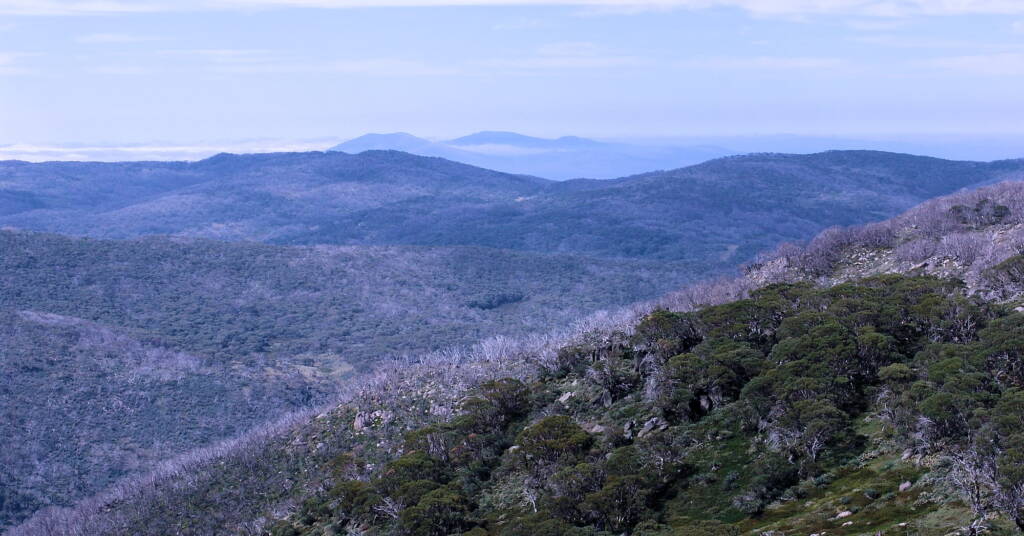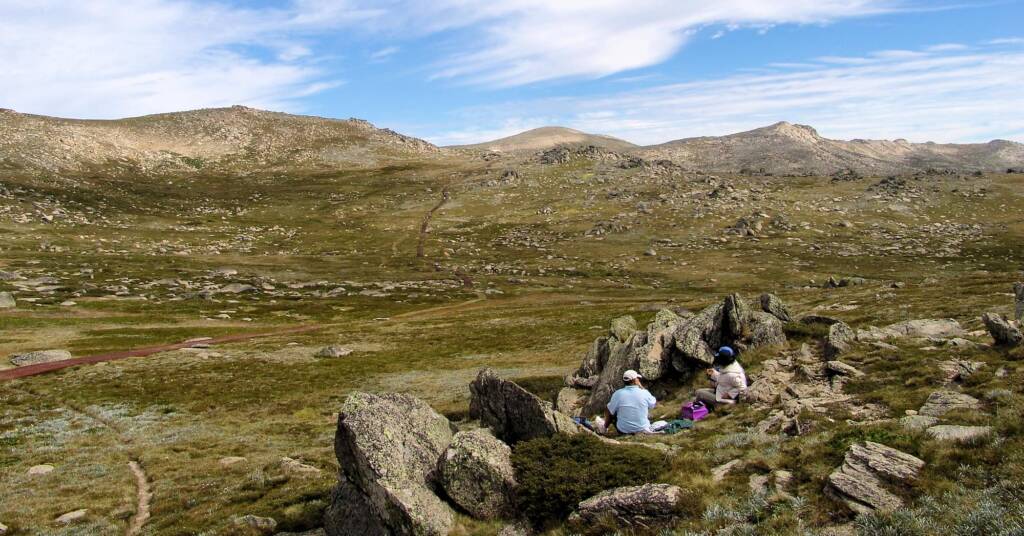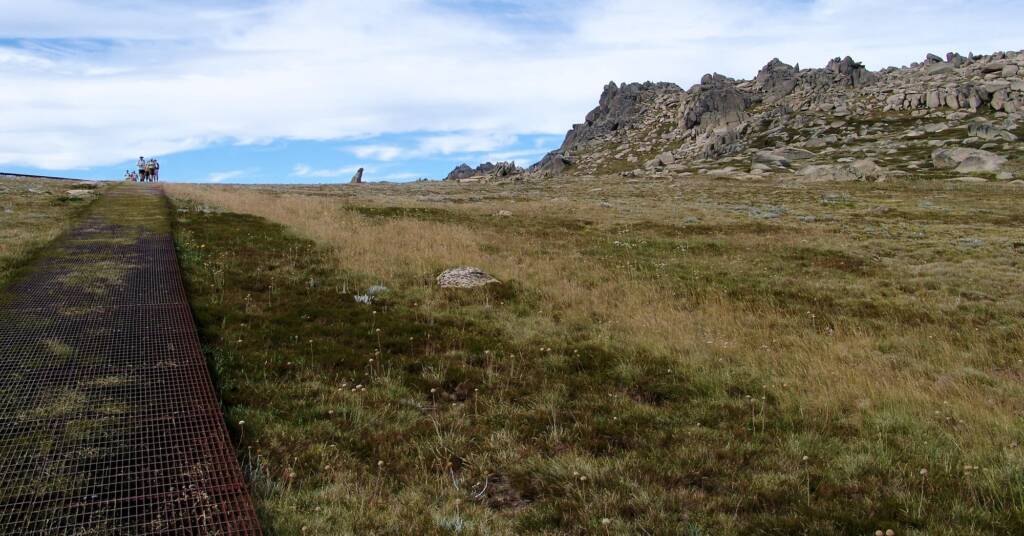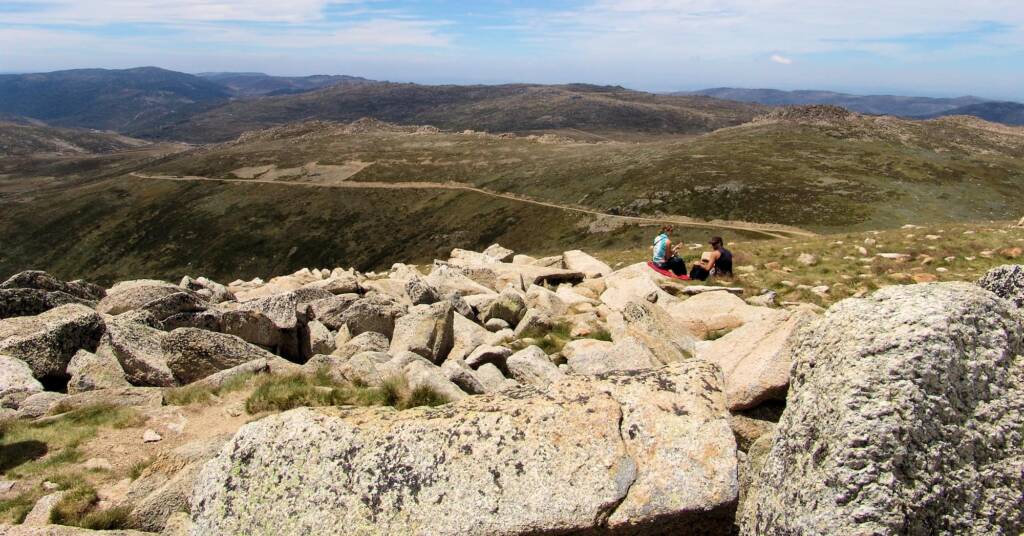Snapshots: Kosciuszko National ParkFlora
Snowy Mountains Region ~ Snapshots from New South Wales
Among the 870 national parks and reserves1 in New South Wales, Mount Kosciuszko National Park is definitely one of the favourites. This beautiful national park is the largest in New South Wales, covering some 690,000 hectares. The park is home to the highest mountain on mainland Australia, and where the headwaters of the Snowy River begins, as it drains through the eastern slopes of the Snowy Mountains on its way into the Bass Strait.
Whilst this wonderful park is a drawcard in winter when holiday makers make their way to the snow fields, it is also popular during the rest of the year offering many and varied attractions from great walks to scenic drives, pass alpine herb fields, caves, limestone gorges, magnificent vistas, historic huts and homesteads. One of the Australian Alps national parks, this park is nationally and internationally recognised as a UNESCO Biosphere Reserve. The park contains nine wilderness areas, encompassing alpine and sub-alpine areas that contain plant species found nowhere else in the world. The park is also home to the rare mountain pygmy possum and corroboree frog.
The landscape of the northern section of the national park has extensive treeless plains and home to historic huts. This is where you will find Selwyn Snowfields. The central section of the national park is Australia’s largest alpine area. The place above the treeline is covered with delicate herbfields and fragile bogs and fens. This area is where most of the park’s ski fields are to be found: Perisher Blue, Thredbo and Charlotte Pass. The southern section offers dry, rugged areas along the lower Snowy River, surrounded by large expanses of wilderness.
As the weather can quickly change in the mountains and snow can fall at any time of the year, extreme care should be taken. Check NSW National Parks & Wildlife Service website for how to get there, the latest weather reports, fires and closures etc.
Mount Kosciuszko National Park – Snapshots from Australia
View across Mount Kosciuszko National Park from the chair lift that takes you to the start of the Kosciuszko Walk.

When the explorer Paul Stzelecki visited Australia’s highest mountain in 1840, the shape of the mountain reminded him of the tomb of the Polish freedom fighter, General Kosciuszko.
The mountain track takes you up to the summit of Mount Kosciuszko, pictured centre, at a height of 2,228 metres above sea level. To the left is Rams Head Range and to the right Etheridge Range.

Granite is the only rock I saw… large blocks of which cover the tops of every eminence.
Grazier Stewart Ryrie, describing the rocky outcrops of the Rams Head Range in 1840.
The scattered rocks and sharp crags of the Rams Head Range formed when cracks in granite were invaded and weathered by water and ice. Some boulders remain where they formed. Other were transported by glaciers or slipped downhill on saturated soil. The lichen-encrusted boulders now provide shelter for heath communities, small mammals such as the endangered mountain pygmy-possum and bogong moths.
Source: NSW Parks and Services signage board.

At 2,228 metres, the summit of Mount Kosciuszko offers spectacular views of the surrounding region.

Mount Kosciuszko summit provides spectacular views…

The cairn on top of Mount Kosciuszko.

The summit of Mount Kosciuszko offers magnificent vistas, as well as mobile and internet access…

The NSW Parks & Wildlife Services signage on Mt Kosciuszko said the following:
Mt Kosciuszko (2,228 metres)
Below is the text of the sign which was placed here in 1940 to celebrate the centenary of the first recorded ascent of Mt Kosciuszko.
From the valley of the Murray River the Polish explorer Paul Edmund Strzelecki ascended these Australian Alps on 15th February 1840.
A ‘pinnacle, rocky and named, predominant over several others’ was chosen by Strzelecki for a point of trigonometrical survey. ‘The particular configuration of this eminence’, he recorded, ‘struck me so forcibly by the similarity it bears to a tumulus elevated in Krakow over the tomb of the patriot Kosciusko, that, although in a foreign country, on foreign ground, but amongst a free people, who appreciate freedom and its votaries, I could not refrain from giving it the name of Mount Kosciusko’.
This commemorative plaque was originally unveiled by the Consul General of the Republic of Poland for Australia, New Zealand and Western Samoa, Ladislas Adam de Noskowski Esq; on the 17th February 1940.
Early visitors
It is highly unlikely that Strzelecki was the first person to climb Mt Kosciuszko.
The Aboriginal people of the Monaro and groups from the southern tablelands, south coast and northern Victoria visited these higher peaks for thousands of years to feast on the bogong moths which gather here in summer and to conduct trade and perform cultural and spiritual ceremonies.
Stockmen began visiting the mountains from the 1830s in search of summer pasture and it is probable that some of them would have climbed the mountain.
Change of name
In 1997 the Geographical Names Board of NSW agreed to a proposal that the spelling be changed to ‘Kosciuszko’, the correct spelling of the name of the famous Polish freedom fighter.
The board accepted that Strzelecki spelt the name with a ‘z’.
Footnote & References
- Our parks, National Parks & Wildlife Service, https://www.nationalparks.nsw.gov.au/conservation-and-heritage/our-parks
Snapshots: Kosciuszko National ParkFlora
Snapshots from New South WalesKosciuszko National Park South Coast
Snapshots from AustraliaSnapshots from New South Wales Snapshots from the Northern Territory Snapshots from South Australia Snapshots from Antarctica Snapshots Road Trains in Australia Snapshots from Ausemade Facebook The Tree of Life…
